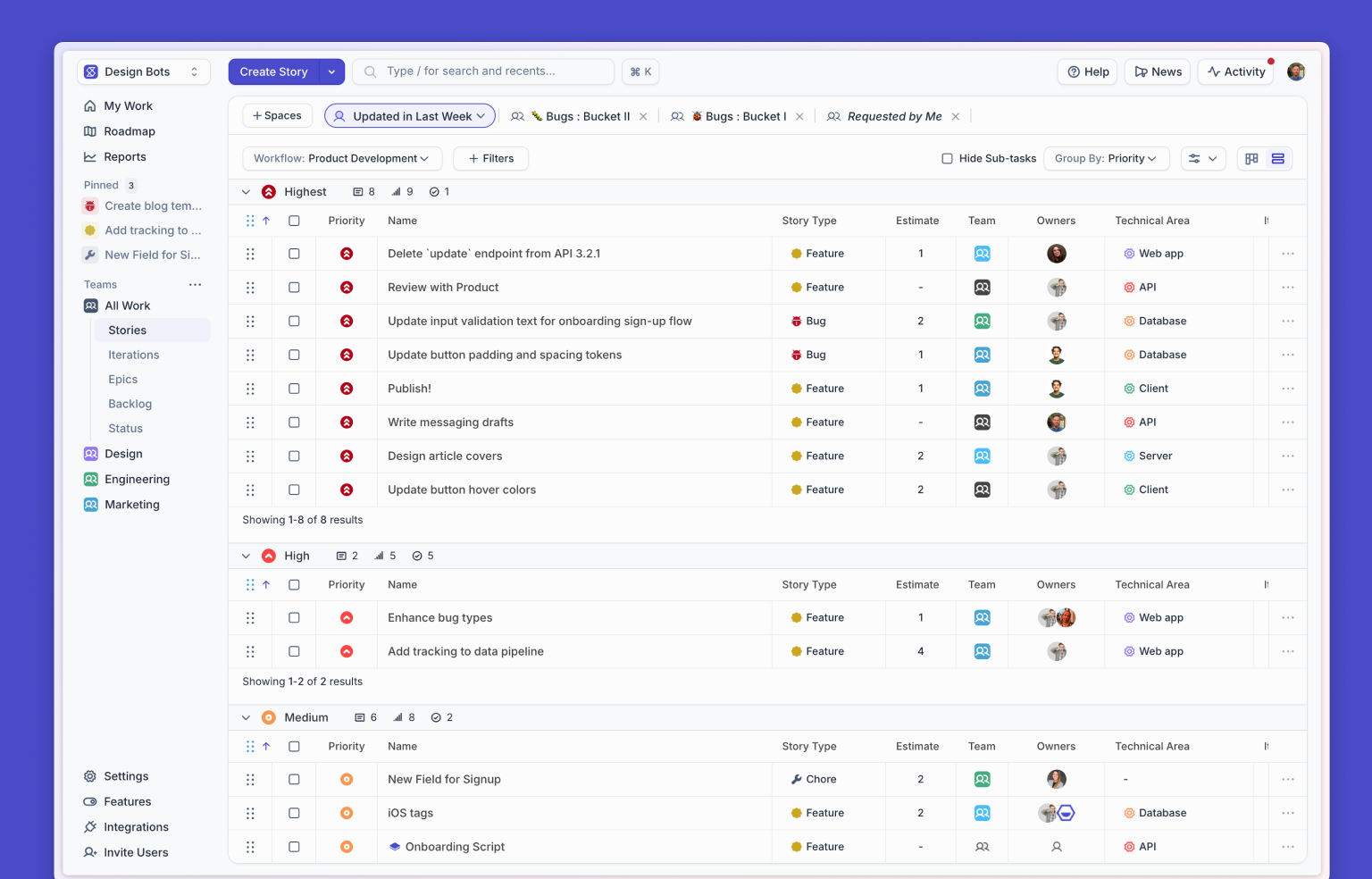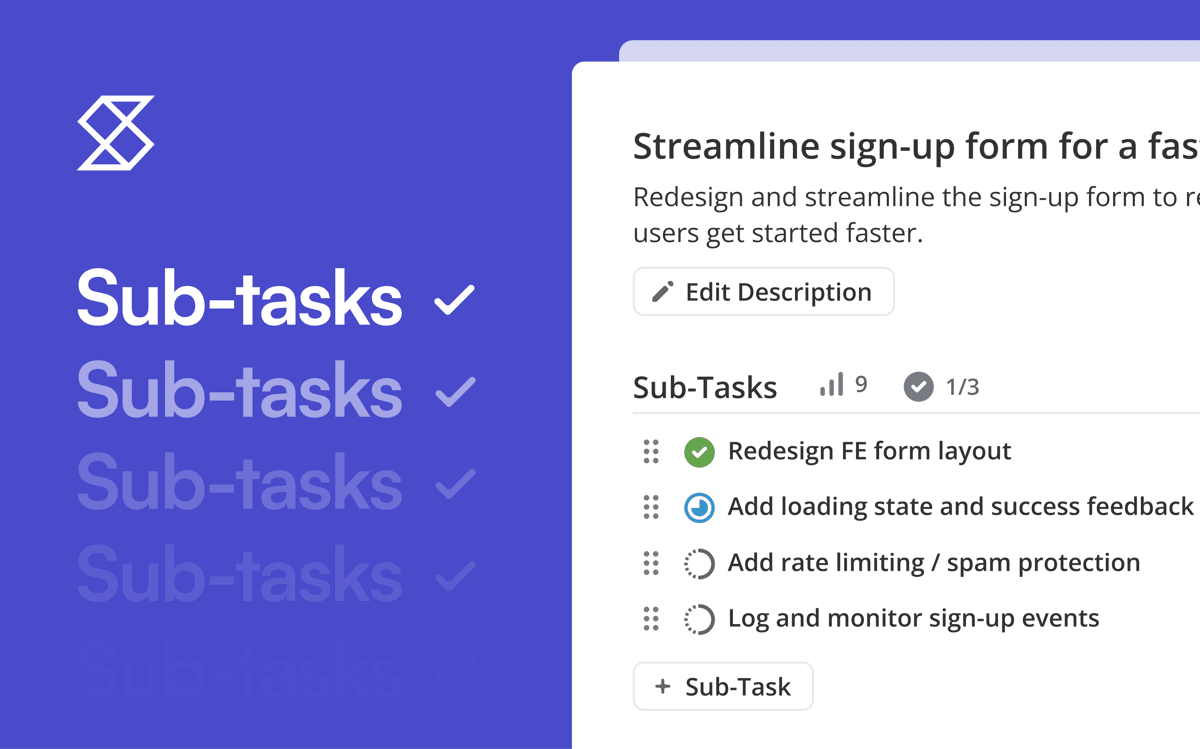Ideas are fickle — sometimes, they come to you completely unprompted in the shower. But sometimes, you know that you need that next-level breakthrough idea, you and your team have been working on it for weeks, and yet…the well is dry. How do you get out of the idea-drought and back into the flow?
Generating ideas for your product (that are actually useful)
You probably read that header and immediately thought, “Oh great, another article about brainstorming. Yawn.” Hold your horses, though — you’re about to learn why that’s not necessarily the best way to generate ideas (let alone useful ones).
The “traditional” brainstorming model came about in the 1950s, created by Alex Osborn. Everyone gets together in a room and talks about ideas, following the four tenets of Osborn’s brainstorming model:
- Generate as many ideas as possible
- Prioritize unusual or original ideas
- Combine and refine the ideas generated
- Abstain from criticism during the exercise
This sounds pretty good on its face, right? The problem is, there’s not much evidence that this method actually works.
For one thing, this method of brainstorming makes it very easy for a few people in the room to get all the air-time. Introverts, quiet people, or others who aren’t used to speaking up (or don’t like being put on the spot) are likely to contribute less or have their ideas steamrollered in a grup brainstorming session like this. This method of brainstorming is also ripe for unconscious bias. (And it’s not very friendly to any remote workers on your team!)
Aside from that, there’s evidence that working on solutions in face-to-face groups can lead to less creativity and that brainstorming out loud can lead to less ideas. People tend to be bad at thinking of creative ideas while someone else is talking. As Leigh Thompson, a management professor at the Kellogg School, puts it: “When one person is talking, you’re not thinking of your own ideas. Subconsciously, you’re already assimilating to my ideas.”
So, what does work?
Dr. Tony McCaffrey, a cognitive psychologist, suggests that instead of using brainstorming, teams switch to “brainswarming” as a way of generating useful ideas. The emphasis is on solving a problem. Once the problem has been stated clearly, it’s written at the top of a whiteboard, with potential resources for solving it written at the bottom.
Once you’ve done the setup, everyone starts working on solving the problem with the resources at hand — but individually, rather than as a group. McCaffrey’s experiments have found that “top-down” thinkers start with big-picture ways the problem can be solved, and “bottom-up” thinkers tend to either add more resources that can be used, or analyze how the resources at hand can be used to solve the problem. Eventually, these two groups meet in the middle, with potential solutions.

The focus on letting people approach the problem in their own way and clearly stating the problem both make this method great for product development. Aside from trying out this brainstorming technique, here are a few other tips to help your team with more effective idea generation:
- Have people write down ideas first, similar to Dr. McCaffrey’s technique — then bring the ideas to a structured meeting where the merits of each idea are discussed (this is sometimes referred to as “brainwriting”)
- Try virtual brainstorming — using similar rules as “traditional” brainstorming, but conducting the idea generation session via a tool like Slack (online brainstorming has been shown to consistently perform better than in-person brainstorming)
Post-generation: Screening ideas and implementing them in product development
You’ve switched up your brainstorming techniques and have a list of ideas — now what?
The Canva team suggests running your favorite ideas through this string of questions:
- Which ideas address the brief the strongest?
- Which ideas are compelling and unique?
- Can any of these ideas be combined?
- What do these ideas have in common?
- Can any of these ideas be simplified?
- How can these ideas better address the brief?
- What is the strongest and weakest part of each idea?
After you’ve put each idea through that process, you’ll have fewer (but stronger) ideas. Once you’ve narrowed it down to 3–5 ideas you really love, it’s time to get some feedback and figure out which ones need to make it to the final stage (implementation) and when they’ll make it to that stage.
First off, you need to talk to actual users to make sure that there’s a need for this specific feature or product. Teo Yu Sheng, UX designer at ReferralCandy, put together a great list on creating better user interview questions — you’ll find it helpful whether you’re interviewing users to kickoff the idea generation process, or further refining ideas.
Your user interviews will probably help you narrow down which idea should be the highest priority, but in case they don’t, one question that can help you prioritize your ideas is:
Which of these can be implemented the quickest?
Often, it can be better to get a series of “small wins” via fast-to-implement ideas, even if each idea doesn’t have an epic ROI, than spend months implementing one idea that you’re positive is going to be the one — only to find out that user’s needs (or something else) have changed and the idea is no longer relevant.
Two other questions to think about:
- Which of these fits in best with our long-term vision for the product?
- Which of these is likely to have the biggest and fastest impact on our profit?
After you’ve picked an idea to prioritize first, you can prototype and test it before you get it in the hands of all your users. Joe Salowitz’s list of 16 prototyping tools and when to use each one can help you pick the best tool for that process.
Once you have a prototyped version of the idea, it’s time for user testing to see if it should be put in the product (and if any changes need to be made before then). AppCues has a great guide on minimum viable usability testing with some creative ideas (drunk user testing, anyone?).
And now, you’re at the end — it’s time to actually implement that final version of the idea into your live product! Now, you can either start the process all over again with a different problem, or move on to one of your other ideas that you had put on the backburner while focusing on this idea.
What’s your idea generation process like? We’d love to hear about it on Twitter!










.png)






%20(788%20x%20492%20px)%20(1).png)
.png)

